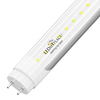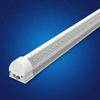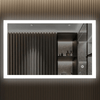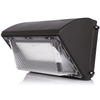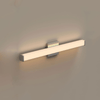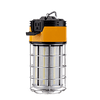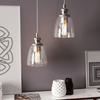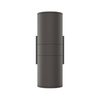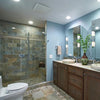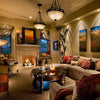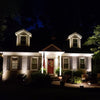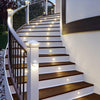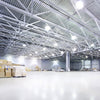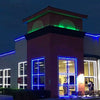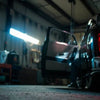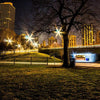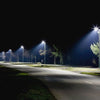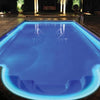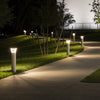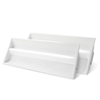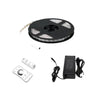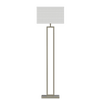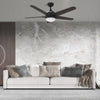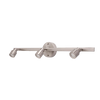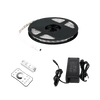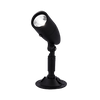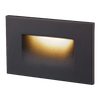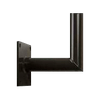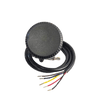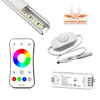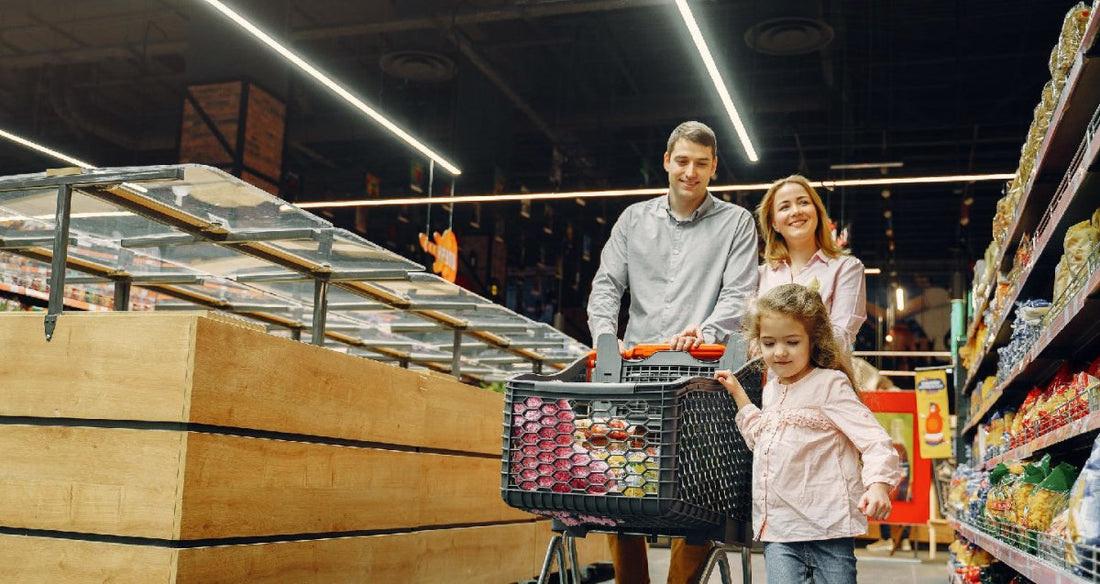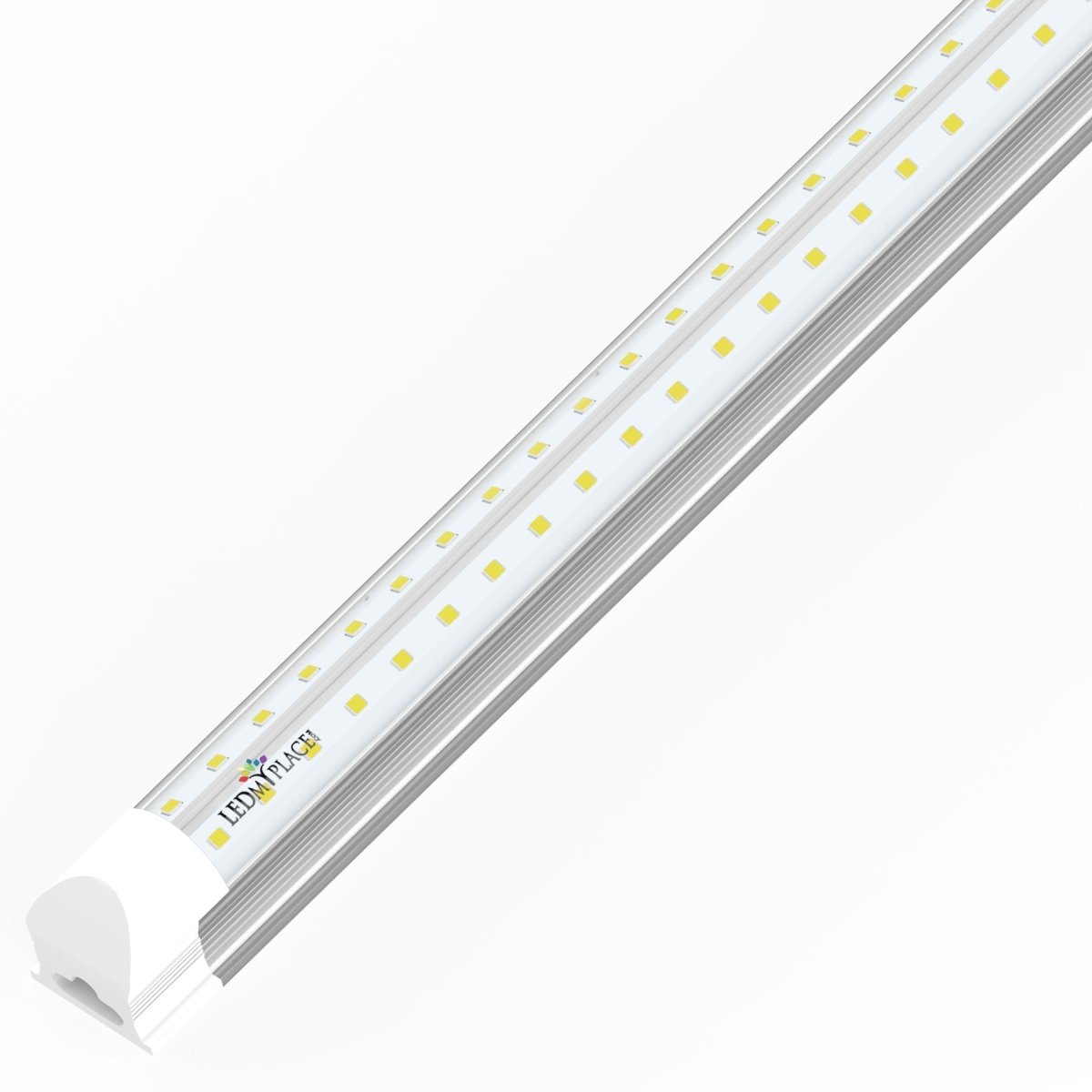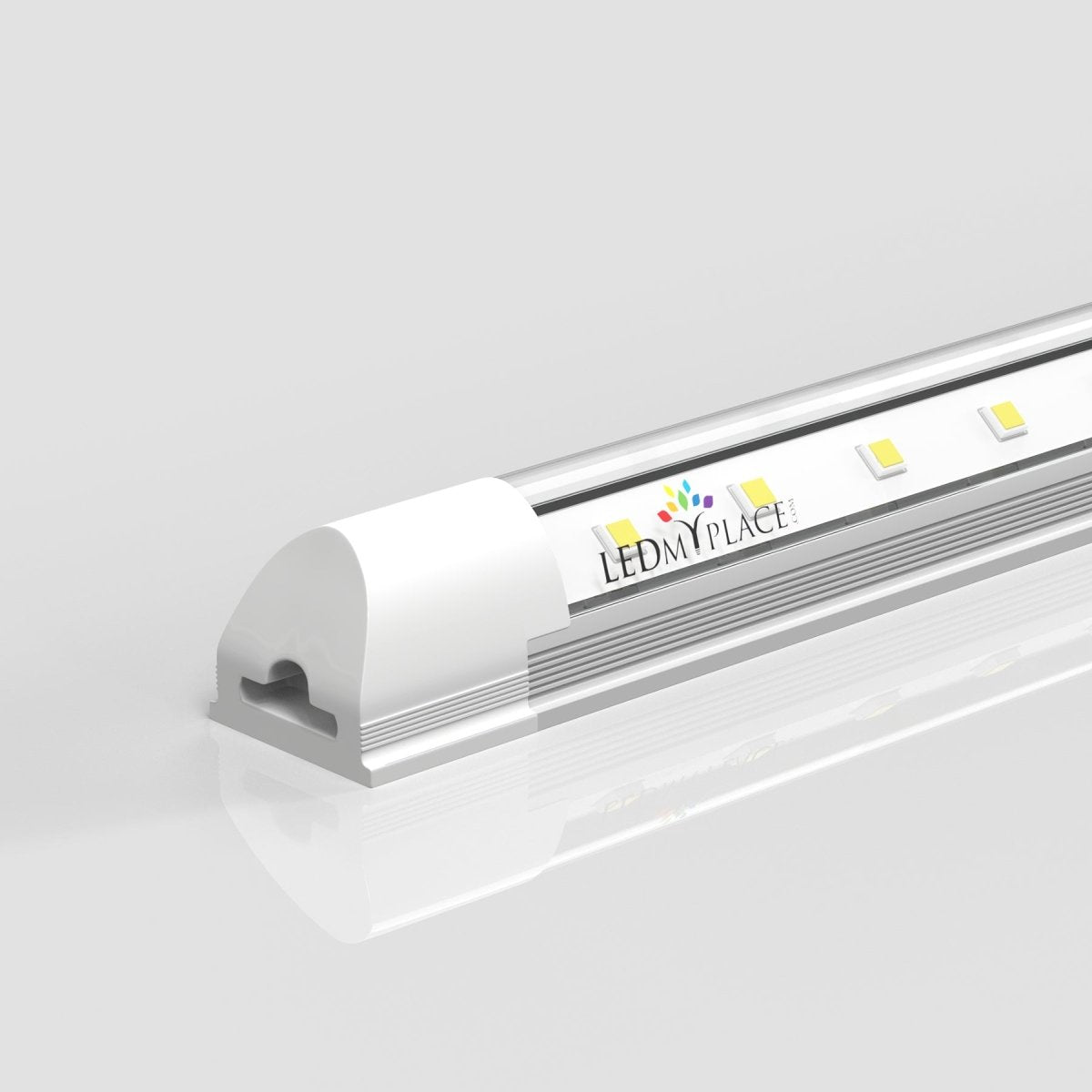The lighting condition of a commercial (indoor) space holds a lot of significance. However, the illumination levels that an indoor space needs may differ from one day to another. Installing new fixtures at the instance of need does not come easy. Hence, it is better to have early LED shop light fixture installation, instead of relying on make-shift methods that may prove shocking (for real).
You may notice people and brands emphasizing on the use of LED shop lights. Well, that’s for some good reasons! A discussion about the daisy-chaining of LED lights can help you get through days when a specific indoor space needs flushes of bright light.
There are three methods for daisy-chaining LED shop lights:
Direct connection
Direct connection, as it sounds, means that there will be no need for wiring to establish a connection between two consecutive LED lights. In general, you will have to use linkable shop lights when attempting a direct connection method for daisy-chaining.
The integrated LED tubes that offer direct connection have one male end, and the other end is female. To daisy chain the tube lights, you will have to connect the male end of the preceding fixture with the female end of succeeding one. Also, the number of LED tubes one can connect will depend on the voltage of the chosen power supply and the wattage of the fixture.
For example, if you choose a 120-volt power supply for daisy-chaining 10-watt LED tube lights, you will be able to connect 12 LEDs. However, to sail on the safer side, make sure that you do not connect more than seven tube lights to a power supply.

Daisy-chaining with connectors
LED shop lights (precisely, integrated tubes) are an easy fix for situations that pose a sudden and urgent demand for some extra brightness. However, there is are limitations when it comes to establishing a direct connection between the tube light fixtures. Using LED connectors in places with insufficient space, for connecting several lights, helps add extra lights.
It may also be a case that one needs to leave some space between consecutive lighting fixtures. The use of LED connectors allows maintaining appropriate spacing between the linked tube light fixtures.
Traditional Parallel connection
While you can install easy-going linkable shop lights to suffice the need for some extra lights in an indoor facility, you can also take the do-it-yourself approach. For this to work, you will have to connect individual light fixtures. The connection between individual light fixtures should be such that they align in the form of branches (that remain interconnected). Having basic knowledge about wiring and electrical connections will come handy when trying to daisy chain several LED lighting fixtures. However, if you have a hunch that you might end up reverse connecting a wire (or two!), it will help to let professionals take control of your lighting project.

Here are some points to remember when trying to daisy chain several light fixtures:
NOTE: The points that follow apply to general as well as goal-specific lighting projects.
- Always check the polarity of light fixtures, power sources, wires, and cable connectors.
- Turn off the main electric switch before initiating the fixture installation. Once you turn off the mains, check with a voltmeter to ensure electrical safety.
- Do not overload the wire connectors or power outlets. Instead, make use of wire splitters and check the wattage ratings of the electrical outlet and the chosen light fixtures before installation.
- Always choose standard wires and refrain from using frayed wired.
- Never leave any bare wires. Secure all wiring connections by heat shrinking, or make use of connectors.
- All kinds of connectors come with a finite life. Frequent connecting and disconnecting will wear them out. Thus, do not leave any loose or obstructed connections.
Trials and errors solidify the lighting game!
Like everything else in the world, the success of any lighting project depends on constant trials and errors. If a particular fixture or lighting design does not work out for you, it is best to find better alternatives. Since LED shop lights have proven their worth in a variety of settings, they deserve fair amounts of trust and praise.
As far as the lighting projects concern, you can figure out and decide on fixtures that will meet the lighting needs. However, if you want to skip the ordeal of finding the right lights from a plethora of lighting fixtures, we are here to help!







